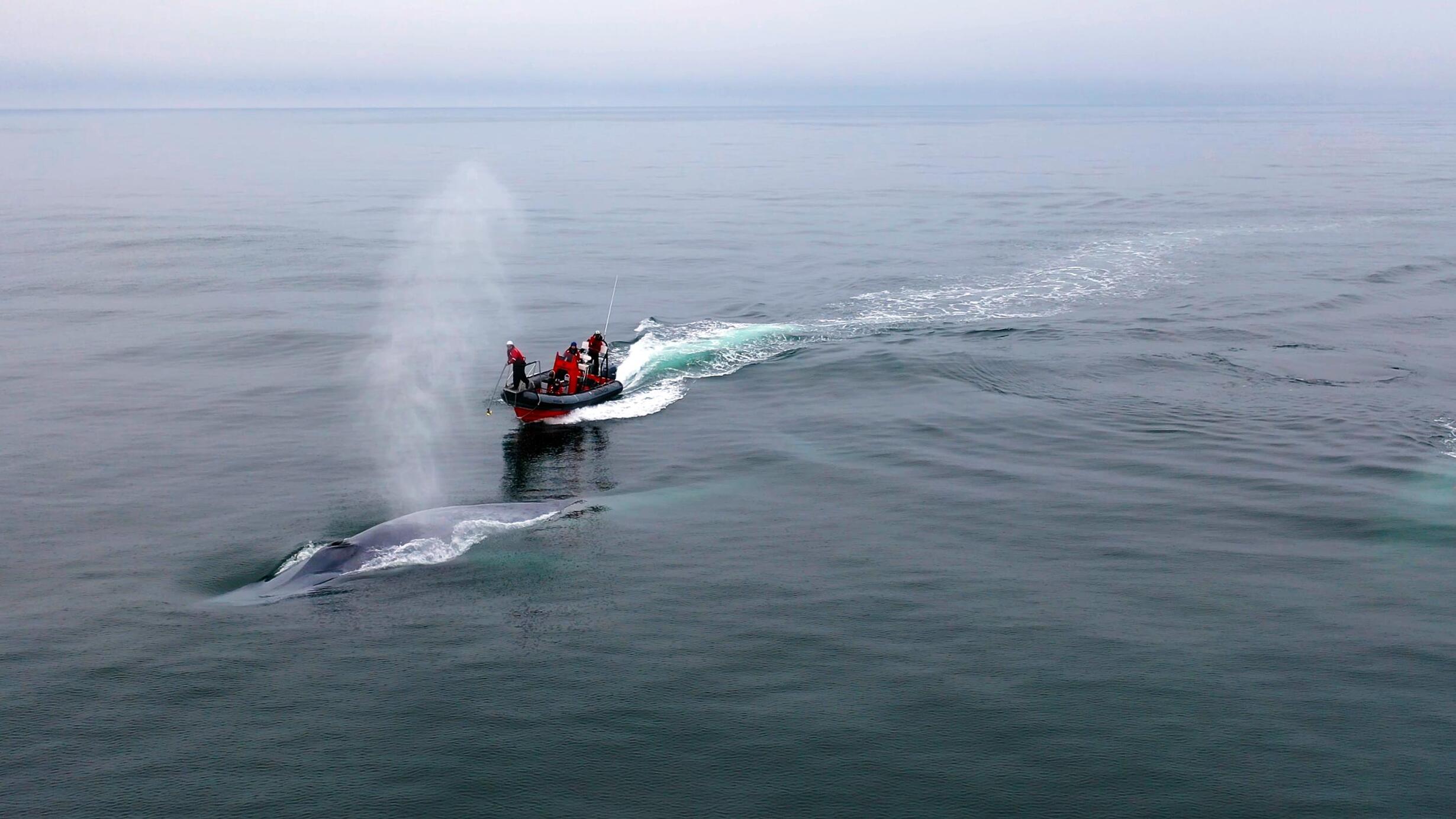Giants of the Sea: How Blue Whales Got So Big
Part of Curriculum Collections.
Part of Curriculum Collections.

Blue whales are the largest animals that ever lived and have among the longest migrations of any mammalian species. Their massive body size and range bring with them a unique set of challenges. How do blue whales get enough energy feasting on just tiny krill? A group of scientists, including biologist Jeremy Goldbogen at Hopkins Marine Station at Stanford University, has revolutionized the study of whale behavior by developing and deploying multi-sensor tags on whales. The scientists look for patterns in their data in order to understand what whales are doing during their deep dives, and what this behavior reveals about the ecosystems the whales inhabit.
This website gives you access to video and texts about the scientists and their research, and to the actual data they have collected about these remarkable animals. It is divided into two sections. You can:
This teaching case uses readings, videos, and data analysis to tell the story of a group of scientists who study blue whales. Students analyze data and make conclusions about some of the same questions that the scientists consider, including how the blue whale evolved to be so big.
Here’s a suggested progression through the materials:
Part 1:
Part 2
Part 3
Part 4